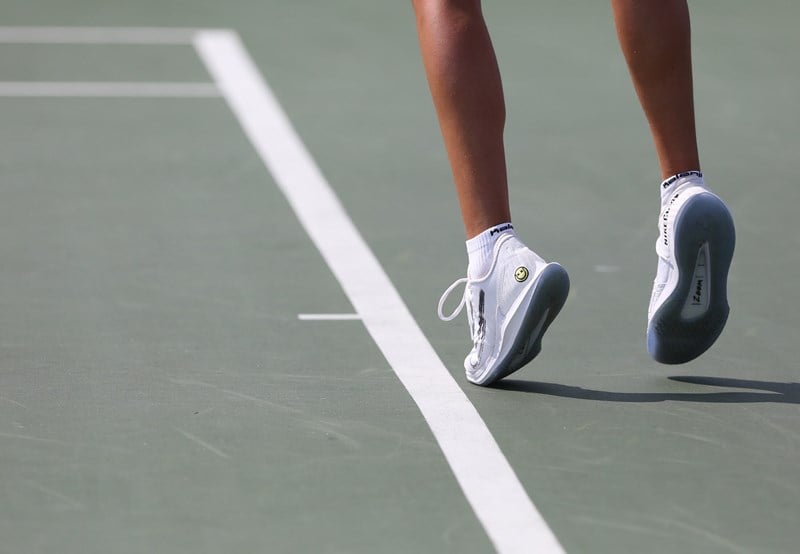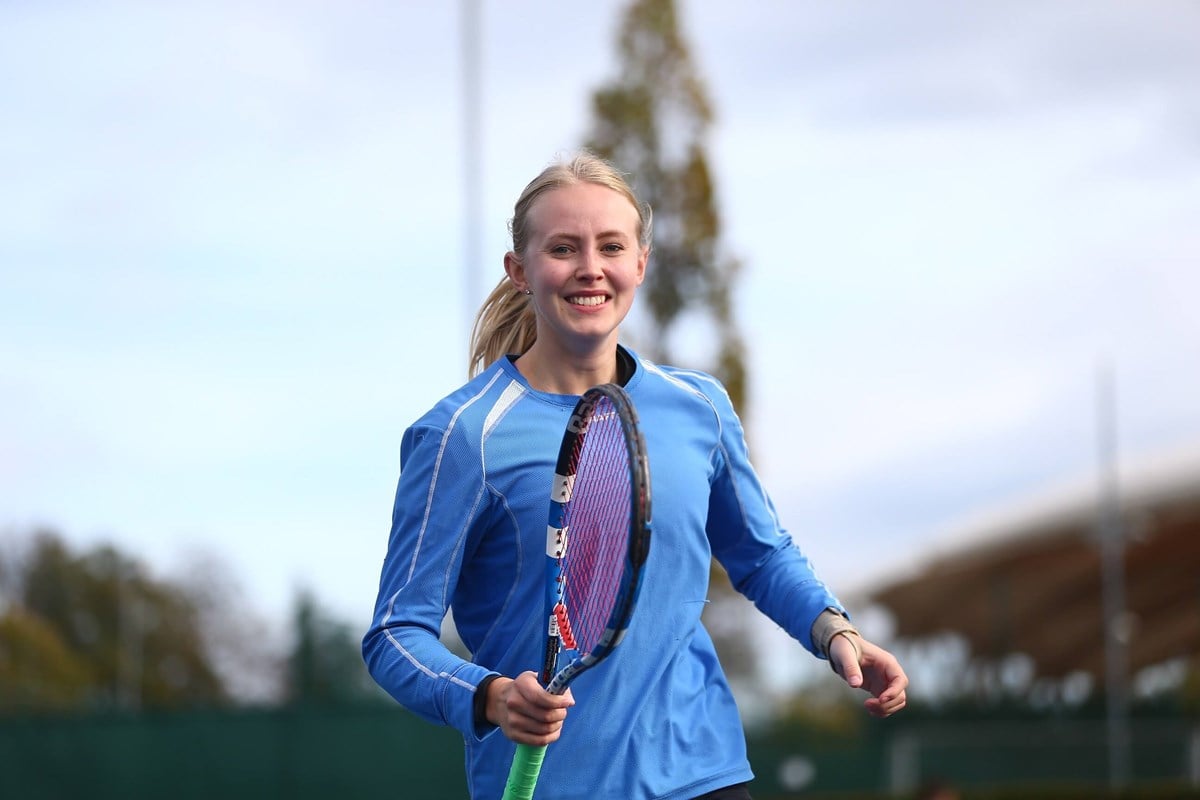Coaching tips
Improve your footwork on court with four simple tips

You can have the best forehand and backhand in the world, but if you can’t get to the ball in time – it doesn’t make a difference, as you won’t be able to execute it. Movement is the core of tennis and the way we coach is often in the order of feet, body, racket – so we build it from the ground up.
You see most of the top 100 players on both the ATP and WTA side respectively, hit the ball just as well as each other these days, it comes down to their physicality (how well they cover the court) and their mental strength.
You need to be able to cover the court to get yourself out of trouble as well as getting to the ball quicker to take time away from your opponent, and cause trouble for them.
So, what can you do to improve your footwork? LTA expert coach Matt Smith explains all.
Understanding different movements

There are three basic movements in tennis – sidesteps, cross-over and run.
Think about it like a computer game joystick when it comes to the directions you could move, in a 360 way. The idea is that you use the most efficient movement to help you get to the ball quickly and then stay balanced before hitting the ball.
Generally, running is the quickest movement to the ball, including a combination of run, cross-over and sidesteps to help you get there and recover.
Big steps, little steps

When you’re moving towards the ball, think about it almost in two parts.
First you want to use big steps to close the gap between you and the ball so you’re able to get into the rough position before the ball bounces your side of the net
Then as you get closer to the ball, you want to transition into smaller adjustment steps. This will help you set your balance ready to hit and transfer your weight through the ball.
This is particularly important when you’re playing in tricky weather conditions or if you’re on a court maybe doesn’t have the most even surface.
Closed and open stance
Footwork is almost like a bleep test – you want to get to the ball, play you shot and then push back to your recovery position in the middle area of the court.
If you’ve moved to the ball and have plenty of time before you hit, you’ll want to use your more of a side-on or closed stance to return the ball back to your opponent. Whereas, if you are short on time and more on the run, you’ll play with more of an open stance, with your body open to your opponent’s side of the court, with your outside leg loading before hitting.
In both scenarios, you want to use your outside leg to push back after you’ve hit the shot. This helps speed up that recovery and means you can get back to the middle of the court much quicker.
Practice on court movements

One exercise you can do to practice your footwork on court is called the ‘Fan’ drill.
Stand in the middle of the baseline with five cones or markers laid out around you: one where the singles tramline hits the baseline on both sides, one where the singles tramline hits the service line on both sides and one on the centre of the service line.
You have five balls – you have to run, put a ball on a cone, run back, pick up the next ball, run back and repeat until you’ve put all the balls on cones. Ideally in order left to right, or right to left.
The whole time you have try and have your head facing the net, and not turn your back on it, so you practice those in-game movements and reacting to changes in direction.
It’s a good one to time yourself on and see how quickly you can do it and then try and beat your score.
